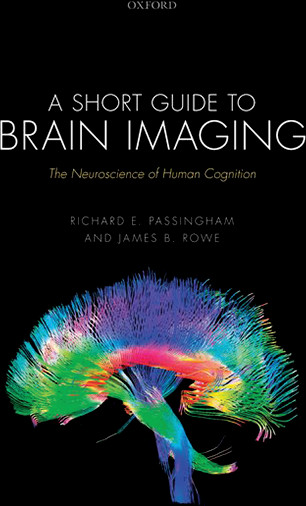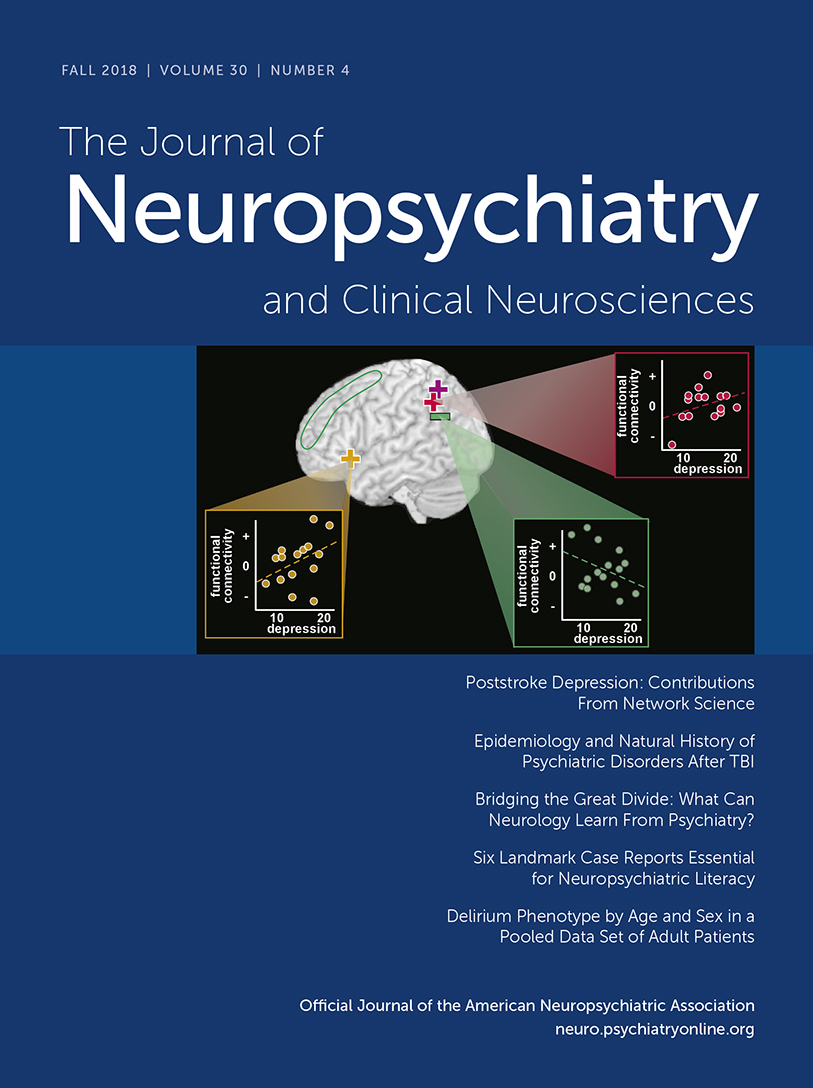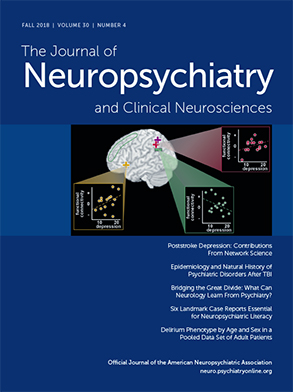One of the most common criticisms of cognitive neuroscience, particularly brain imaging research, is that it is oversimplified and reductionist. Researchers and clinicians alike frequently run into commonly held beliefs that such research is inaccessible, inapplicable, poorly formulated, overstated, biased, or generally useless. Even researchers and clinicians in other fields frequently brush aside neuroscience research and comment on how inapplicable it is to their practice. On the other hand, almost all of us have witnessed incorrect reporting of neuroimaging findings, hyperbole and exaggeration in the interpretation of such findings, and overall misinterpretation of neuroscience research. Cellular neurophysiology, neuroanatomy, cognitive psychology, research methods, complex statistics, imaging physics—all of these are their own complicated subjects, and even researchers and clinicians with backgrounds in one or more of these fields can be easily overwhelmed by the complexity of the others. How could it be possible to interpret or design studies in such a complex academic environment?
A Short Guide to Brain Imaging: The Neuroscience of Human Cognition, by Richard E. Passingham and James B. Rowe, provides a path through these complexities. It is deceptive in its length and simple title, since the subjects covered in this 142-page text range from the history of neuroscience research to neuroanatomy to the complexities of imaging and experimental methods to integration with other research methods into a neuroscience of cognition. Full coverage of all of these topics in such a short text would be impossible, and this book is not a textbook or comprehensive guide to brain imaging research. Yet this is no superficial overview of the subject either; this is a concentrated look at cognitive neuroscience imaging research that eschews simple explanations and hand-waving, while remaining practical and to the point.
Passingham and Rowe achieve this balance between brevity and completeness through concise examples of representative studies, as well as by directing the reader to important references that demonstrate or expound on the concepts presented. Chapters more familiar to the reader will be read quickly; chapters that cover more unfamiliar topics will be more difficult reads, and those interested in learning more will find themselves looking up the ample references provided in each chapter. The reader’s effort will be rewarded with an increased understanding of the subject, as well as an understanding of where to turn for further information.
Researchers and consumers of the literature alike could benefit from an understanding of the complex nature and pitfalls of the study of human cognition. Each chapter provides enough material to cover the core of that subject, with just enough information to introduce the unfamiliar reader to its complexities. Consumers of neuroimaging and cognitive neuroscience research, particularly clinician-educators, will find this book helpful for understanding, critiquing, and teaching these studies. Researchers will find a concise review of pertinent techniques and suggestions for further research directions. Both will likely appreciate the size and brevity of the text when pulling it off the shelf as a quick reference. A Short Guide to Brain Imaging does an excellent job showing that cognitive neuroscience research, though full of potential difficulties, can be done in a way that expands understanding of human cognition; it also does so in perhaps the most succinct way possible.


